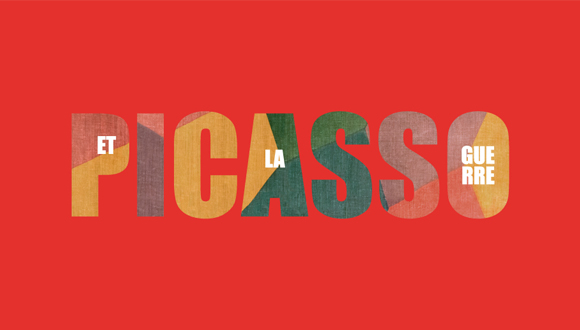Picasso’s entire life (1881–1973) was marked by major conflicts, from the Cuban War of Independence to the Vietnam War, which came to an end two years after his death. The exhibition, organised by the Musée de l’Armée and the Musée National Picasso-Paris, takes a brand-new look at the various ways that warfare informed and impacted Picasso’s creative output throughout his career.
The life of the Spanish artist, a French resident from 1901 until his death in 1973, was punctuated by armed conflicts, although paradoxically he did not take an active part in any war himself, and never served as a soldier. The artist was excused from compulsory military service and experienced the wars that ravaged the 20th century as a civilian. He was an inspiring figure, feted after Liberation as a resistance artist and activist, and his political statements conferred on him a unique role in history as it unfolded.
Picasso always claimed that his work was his ‘journal’, a personal and secret journal that recounted his private life. As the 20th century unfolded, with its two World Wars and rising totalitarianism, he recounted the conflicts and tragedy of contemporary life through this journal.
The exhibition will mix a chronological and chrono-thematic approach. Picasso’s works and personal archives, in all their diversity, will be shown alongside a selection of explanatory items (press articles, photographs and objects) evoking the reality and spread of the conflicts that influenced his work. The exhibition will explore the various ways that warfare informed and impacted Picasso’s creative output throughout his career.
> Book your tickets to visit the exhibition
Illustration © Graphica (Julie Bayard & Igor Devernay) Succession Picasso 2019


Ajouter un commentaire